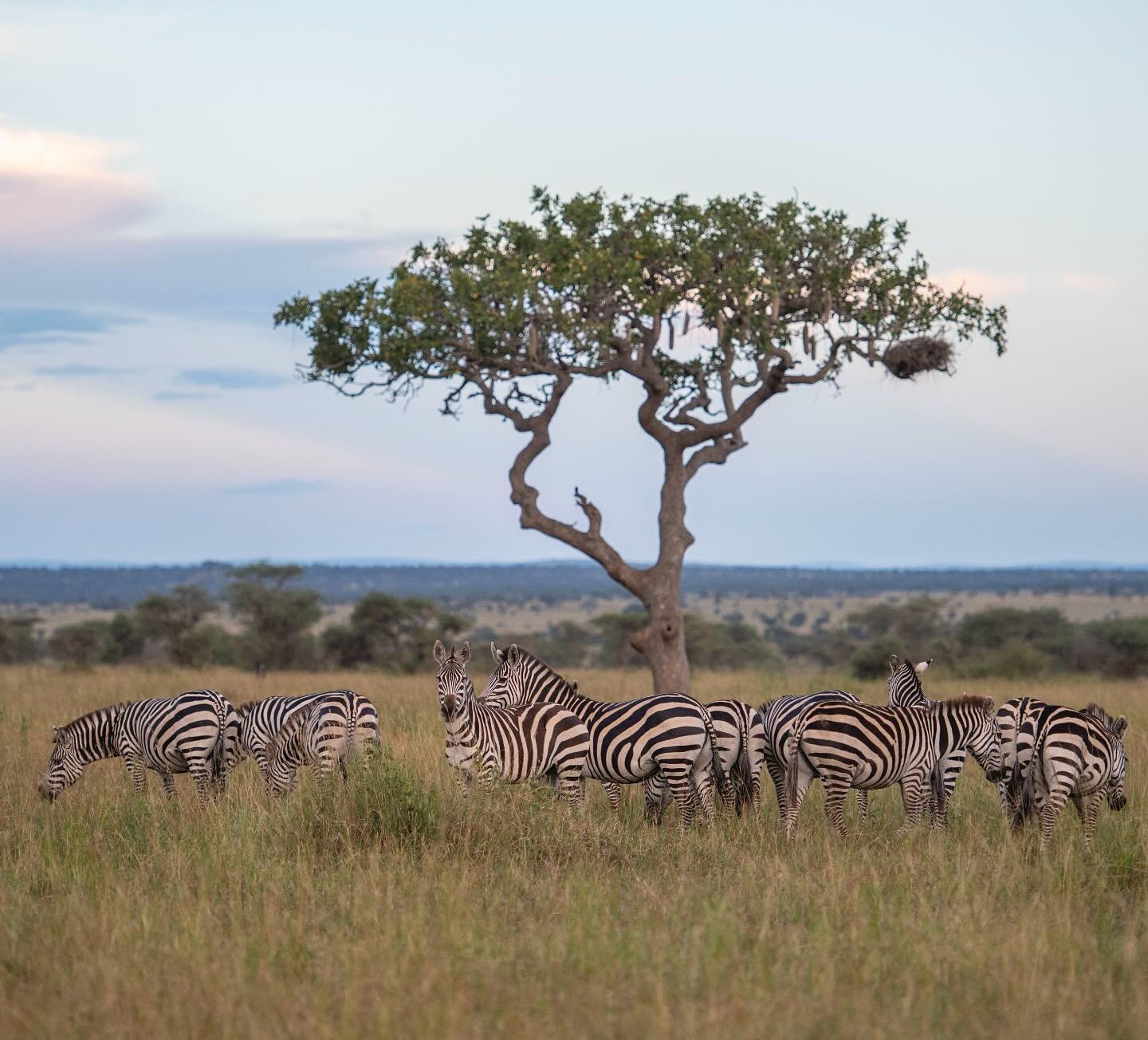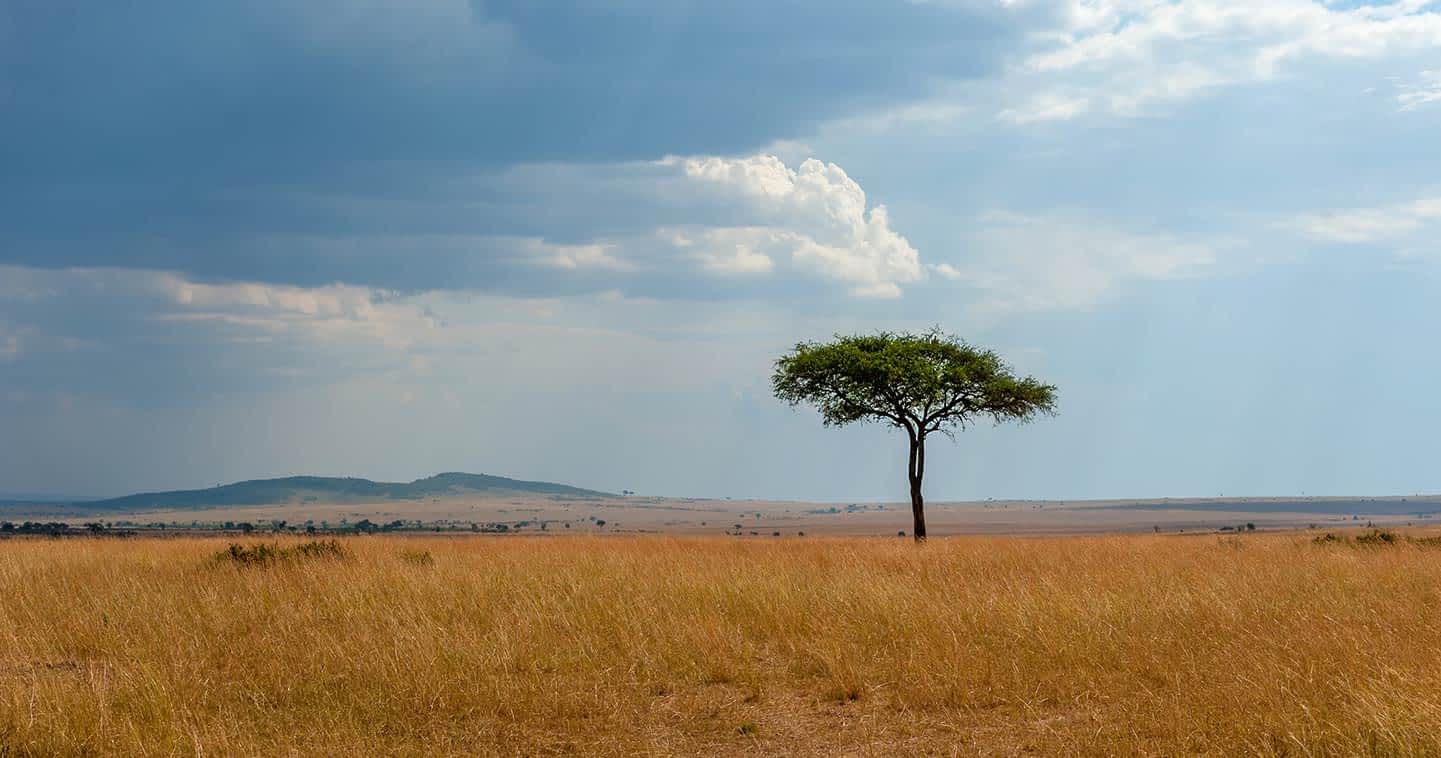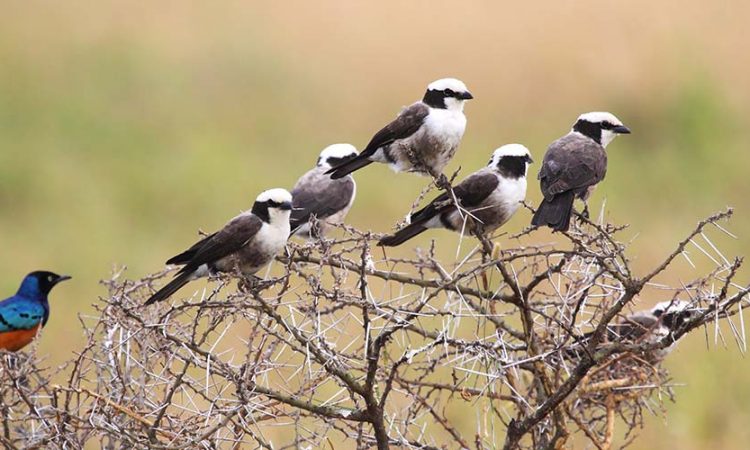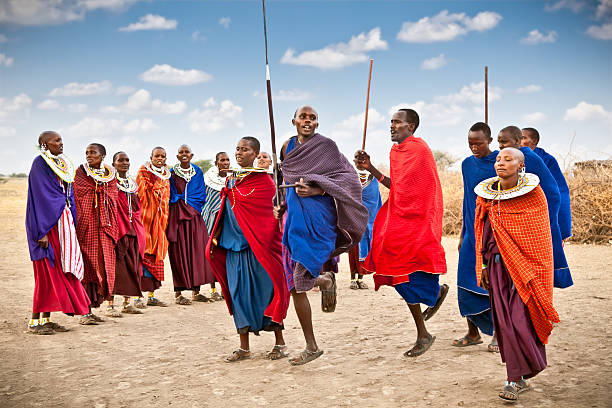”Why Serengeti National Park is One of Africa’s Destination”
Serengeti National Park is one of the most famous and celebrated wildlife reserves in the world, located in northern Tanzania, East Africa. Covering approximately 14,750 square kilometers (5,700 square miles), it is renowned for its vast open plains, rich biodiversity, and, most notably, the Great Wildebeest Migration, a spectacular annual movement of millions of animals across the Serengeti ecosystem.

When it comes to iconic African adventures, Serengeti National Park stands at the pinnacle of wildlife tourism. Located in northern Tanzania, this world-renowned destination offers an unmatched safari experience that draws thousands of travelers each year. From the legendary Great Migration to breathtaking landscapes and Big Five encounters, the Serengeti delivers on every front.
What Makes Serengeti National Park Truly Unique?
If there’s one place that defines the wild heart of Africa, it’s Serengeti National Park. Stretching across the vast plains of northern Tanzania, the Serengeti is not just a safari destination—it’s a living, breathing wildlife documentary where nature unfolds in its purest form. From the thunderous hooves of the Great Migration to the silent stalk of a lion through golden grass, the Serengeti offers a safari experience unlike anywhere else on Earth.
But what really sets it apart? Why do travelers, filmmakers, conservationists, and wildlife lovers from across the globe continue to return to this one-of-a-kind ecosystem?
Let’s dive into the extraordinary features that make the Serengeti Africa’s crown jewel;
1. The Great Wildebeest Migration
The Great Wildebeest Migration is one of the most spectacular natural events on Earth, and it takes place primarily in the Serengeti ecosystem, which spans northern Tanzania and extends into southern Kenya. It’s the annual migration of over 1.5 million wildebeest, accompanied by around 200,000 zebras and hundreds of thousands of gazelles. These animals move in a massive circular pattern in search of fresh grazing and water, following the seasonal rains.
















